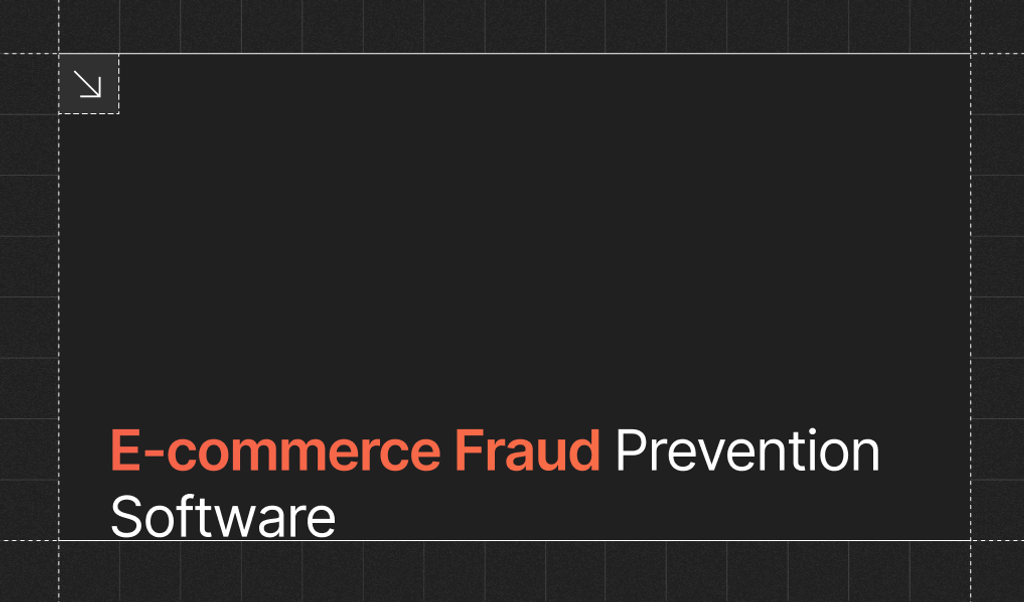
With the busy holiday season just weeks away, retailers are prepping for one of the spendiest and longest shopping seasons. In addition to ensuring enough inventory to meet demand and successful campaigns to acquire new customers, retailers must also protect themselves from fraudulent activity that can occur anywhere from login to delivery. We compiled a list of eight things to know about potential threats to help retailers best tackle fraud prevention.
Prepare for the earliest and longest holiday shopping season yet.
As we saw in 2021, the holiday shopping season has started earlier than ever, with shoppers looking for the best holiday deals weeks before Thanksgiving. As a result, expect the shopping season to be one of the longest on record - starting before Black Friday and ending after Christmas.
In addition, during recent holiday seasons, US consumers spend, on average, around $1,500, and they’ll be spending that earlier than in previous years this year. As a result, retailers should prepare for orders to increase into October and last until January.
Optimize your checkout for mobile eCommerce.
Mobile device eCommerce transactions account for three out of four eCommerce transactions. That’s trillions of dollars spent annually. Therefore, retailers must ensure their websites are entirely mobile-friendly, including their checkout flow.
The mobile user experience for checkout can dramatically differ from that in the web browser, so it is worth reviewing to ensure form fields, and other functionality works as expected. Additionally, on mobile, friction to the checkout process can be higher if not optimized.
If you use a commerce solution, such as Shopify and WooCommerce, you’re already ahead of the game and can utilize them to help you create the best shopping experience for both web and mobile.
Reduce fraudulent transaction occurrences such as friendly fraud, card-not-present, and chargebacks.
In 2019, it’s estimated that there were almost 750 credit card fraud reports a day in the US. Credit card fraud commonly includes costly chargebacks that can quickly add up to a significant amount of money. Even more importantly, too many chargebacks in a short time can result in the loss of the ability to process credit card payments.
With so many transactions done via mobile, it is crucial to ensure retailers take great care of their customer data and verify transactions before completing checkout.
A few things retailers can do to protect their revenue and their customers:
- Collect all your customer information, including email, billing address, and phone numbers
- Follow the best data protection practices such as SSL on payment pages
- Beware of unusual transaction behavior, including multiple customers from the same IP address or a large number of chargeback requests.
- Collect extra authentication upon new sign-ins to ensure the customer’s information is not compromised.
Lock down your promotional codes to cut down on abuse and fraud.
Shoppers regularly look for the best deal and will search around the internet (or get help from sites like Honey) to find valid promo codes for sites. If retailers are concerned about visitors using promo codes they shouldn’t be, there are a few options:
- Make a promo code you want them to use easy to find and use, either as a banner on your site or through newsletter signup (Ex: ‘welcome10’)
- Ensure promotional codes are only used when and how you intend by enforcing expiration dates, user logins, or purchase requirements. (Ex: ‘welcome10’ is only available for the first 7 seven days after email newsletter signup, on the first purchase, and full-price products only.)
- Implement visitor identification methods to detect users using multiple email addresses or more to take advantage of promo codes. (Ex: ‘welcome10’ is used by someone using multiple emails to make multiple purchases.)
Protect your revenue with shipping protection solutions.
A virtual paper trail of shipments helps reduce credit card chargebacks and fraudulent refund requests. For example, a customer may seek to initiate a chargeback on a credit card if they don’t receive their purchase within the expected time frame, even if the package is on its way.
A few ways retailers can help prevent chargebacks and fraud from occurring during shipping and delivery:
- Ensure the shipping address exists and is the most accurate shipping address by using an auto-fill service like Google’s solution.
- Clearly state the expected delivery date and track deliveries.
- Check your shipped orders regularly for issues or anomalies, such as outstanding deliveries.
- Build standard customer communication processes if a package gets delayed, lost, damaged in transit, or returned.
- Implement a third-party provider, like Route, for shipping protection that helps the business and the consumer. It provides shipping protection in case anything is lost, stolen, or damaged during transit.
BOPIS is on the rise, and so is BOPIS fraud.
BOPIS, also known as “buy online, pick up in-store (or curbside),” started to roll out before 2020 but saw a meteoric rise during the last few years with shoppers looking for safe and easy ways to shop locally in addition to saving time. According to one report, 83% of respondents have tried at least one form of BOPIS in the last few years. With the rise of “Buy Online, Pick Up In Store” come those looking to take advantage of the time-saving shopping method.
Fraud can occur in these instances because BOPIS transactions do not always require the same level of personal information as a traditional online transaction, shipping address is one example. Therefore, authenticating each transaction is crucial to detecting and preventing potential fraud.
Secure user accounts through visitor authentication.
There is a wide range of techniques available to identify and prevent fraudulent transactions. At a minimum, online retailers should have systems that raise alerts when unusual behavior occurs. For example, high-value purchases, multiple orders, or failed transaction attempts within a short time are tell-tale signs of fraud. In addition, Fingerprint’s device fingerprinting technology can help identify suspicious behavior patterns by flagging visitors with a history of fraudulent transactions — even if they are in incognito mode.



